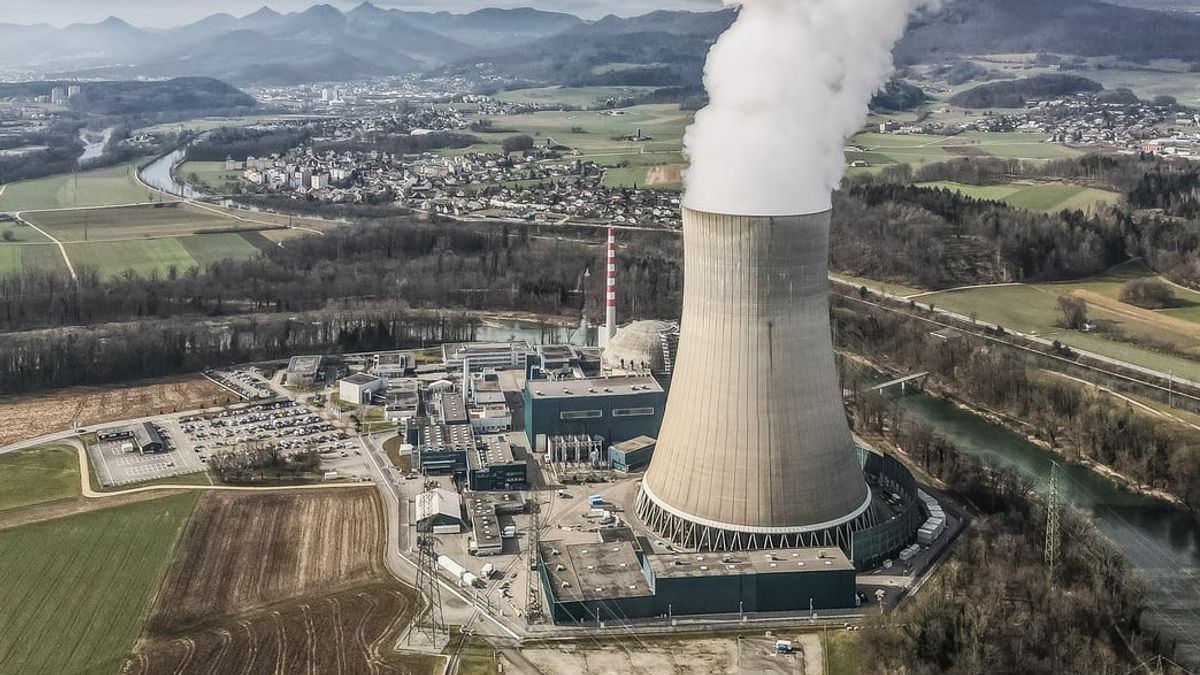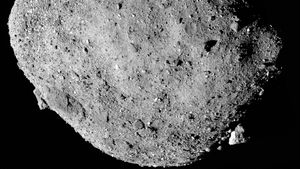JAKARTA - After creating an artificial sun, now China is back by building a nuclear reactor that is clean from environmental pollution. In fact, nuclear power is considered cleaner than traditional forms of energy that rely on fossil fuels.
However, in the event of a nuclear reactor crash or other safety issues then something bad will happen, but scientists in China hope that their plans to build a "clean" nuclear reactor can help change people's minds. Reportedly, they built the first commercial reactor in Wuwei, a desert city in the country's Gansu province.
Quoted from Ubergizmo, Monday, July 26, the difference from this nuclear reactor is that instead of using uranium, they will use thorium. The researchers will also not use a fuel rod, but a molten salt reactor. The way it works is that the thorium will be dissolved into a fluoride salt solution before being sent to the chamber.
At the extremely high temperature of 600 Celsius, atoms of thorium will turn into uranium-233, an isotope of uranium that can then split and release energy and neutrons, thus creating nuclear fission.
The advantage of using uranium is that the process is safer than more traditional nuclear reactors. This is because if there is a leak, the molten salt is expected to cool enough to help seal the thorium and prevent a significant leak.
また読む:
The reaction residues also have a relatively shorter half-life of 500 years compared to uranium reactors where the waste can remain radioactive for up to 10.000 years.
In fact, they don't require water, so installing these nuclear reactors in places like deserts is a possibility, away from populated cities. Most importantly, it cannot produce nuclear weapons, thereby reducing concerns that it could add to a nation's stockpile of nuclear weapons.
Officials also see this as a way to encourage China's international expansion, another that might go a long way in fighting climate change and meeting China's goal of becoming carbon neutral by 2060.
The country still relies heavily on coal energy, and there is no guarantee that renewable sources will meet demand on their own. Thorium reactors can help China break away from coal relatively quickly, especially small-scale reactors that can be built in a shorter period and fill gaps where larger plants would be redundant.
A prototype reactor is expected to be launched in August and trials will begin in September. Assuming this tool will run well, a full-scale commercial reactor could be ready for operation by 2030.
The English, Chinese, Japanese, Arabic, and French versions are automatically generated by the AI. So there may still be inaccuracies in translating, please always see Indonesian as our main language. (system supported by DigitalSiber.id)


















